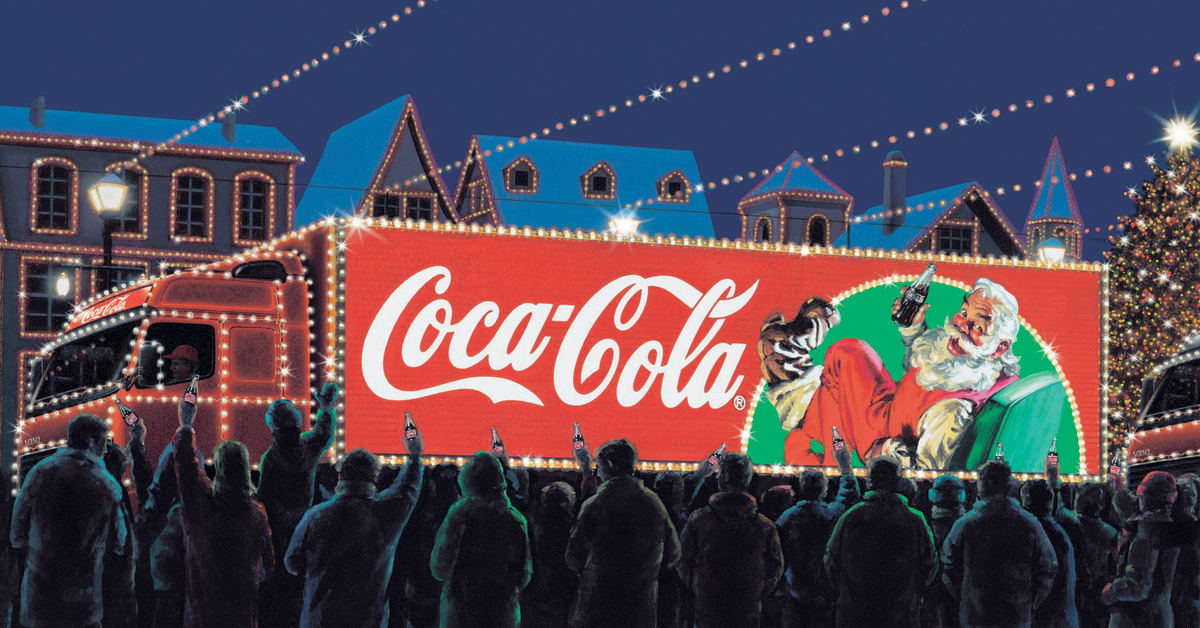In need of business cards and postcards, I searched for a local print shop on Yelp and quickly realized they were few and far between. This is certainly because we now exchange LinkedIn profiles more so than business cards (It had been at least 4 years since I had needed to print anything). Also, because online print and design companies offer many more options, at a lower price. Gone are the days when the cards you order online look like the ones your 12-year-old neighbor uses to promote her dog walking business. Take Moo.com. It offers stationary delivered the next day, in countless shapes, sizes and paperweights. Most importantly, it takes only a few clicks to design cards that look as professional and luxurious as the ones architects, interior designers and brand strategists hand out.
Another example of DIY platform is Squarespace, an all-in-one solution to create websites, domains and everything else that relates to online presence. Not surprisingly, both Squarespace and Moo showcase professional designers that rely on their solutions.
As a matter of fact, outputs from these online platforms look so good that graphic designers themselves probably couldn’t tell the difference.
Photography and photo retouching is another arena that’s being severely threatened by technology. Apps like FaceTune and Pixtr enable their users to correct pimples and other flaws at the touch of your thumbs. A few years back, it would have taken at least an hour for an experienced photographer to ‘photoshop’ correct a picture.
The signal is clear: everyone in the advertising industry needs to up their game.
The disruption in the space is not limited to small and medium businesses that favor Moo, Squarespace and FaceTune to advertising agencies. Large brands increasingly rely on the services of freelancers and other independent contractors to execute mundane tasks such as formatting white papers and slide decks. Also, more and more advertisers build their own in-house ad agency, claiming the model is more efficient and cost-effective.
This is particularly relevant in digital advertising, where speed and scale prevail: The external agency provides the ‘big idea’ for the brand and the creative guidelines. Then, the internal team implements these guidelines across hundreds of creative executions. Some in-house agencies even handle strategy, production and all social media efforts.
Beyond cost-savings and efficiency, supporters of this model argue that in-house teams bring in-depth knowledge of the brand and can easily connect the work to other customer touchpoints an external agency would not have access to. Unilever, Sprint, Netflix and Allstate are a few examples of brands that took some or all the creative advertising and media planning functions in-house.
Granted, some brands burnt their wings trying to create their own ads, but overall, the trend of taking at least some of the process in house is here to stay. In response to this phenomenon, large agencies will increasingly focus on strategy, technology and creativity, which is more profitable than execution anyway.
To those working in the execution side of this business, intimately involved in bringing a brand’s message to life, I urge you to rethink and strengthen your value proposition. The future is bright as brands are craving ways to exist and differentiate. But this future belongs to those that create big, unique ideas. Not to the ones that merely execute them.
The Blake Project Can Help: The Strategic Brand Storytelling Workshop
Branding Strategy Insider is a service of The Blake Project: A strategic brand consultancy specializing in Brand Research, Brand Strategy, Brand Growth and Brand Education




